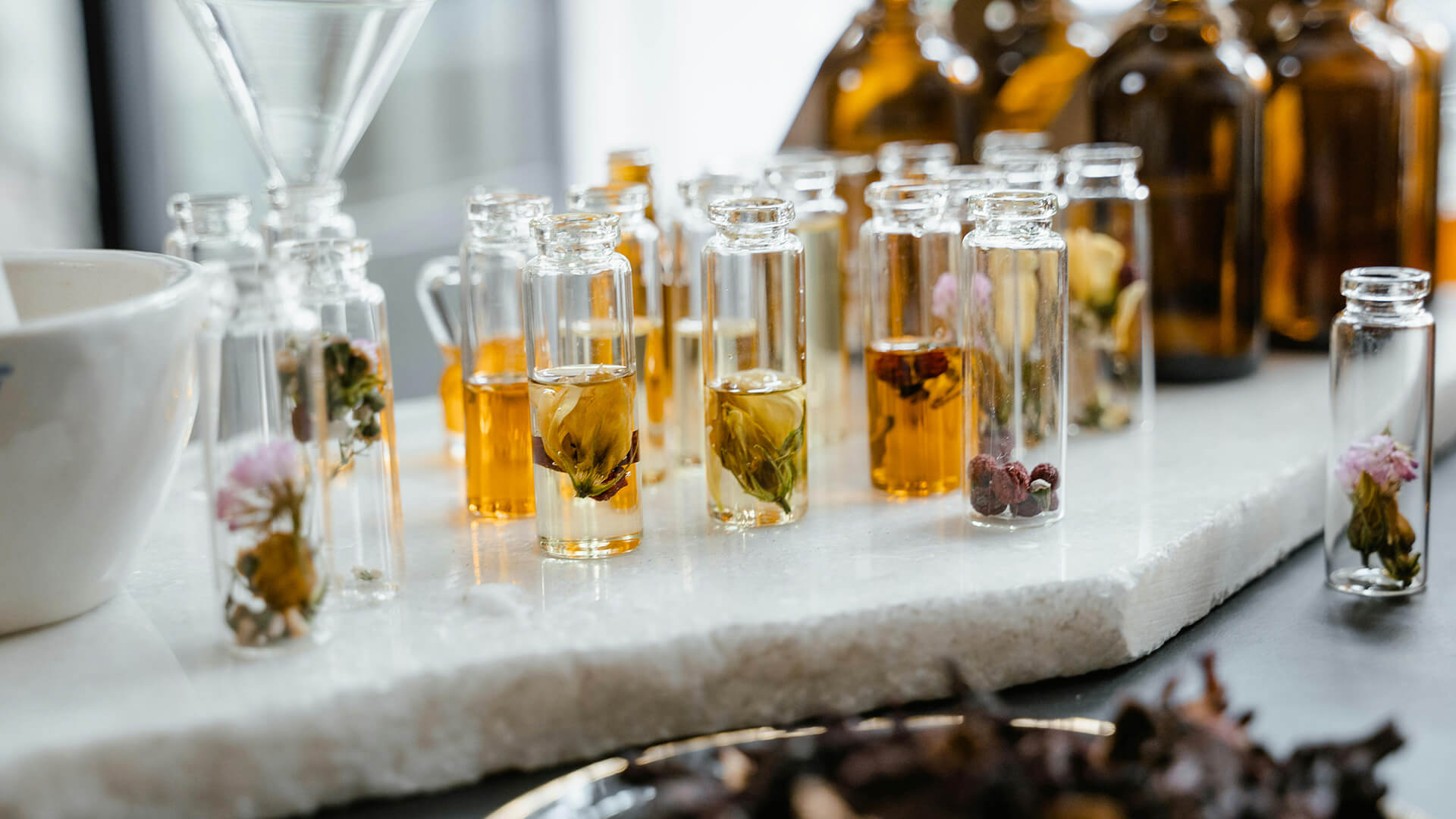Table of Contents
ToggleHave you dreamed of creating your own perfume line for your own brand? While the fragrance industry is booming at $54.52 billion in 2023 (Grand View Research), breaking into this competitive market requires more than just passion – it demands smart strategy and careful planning.
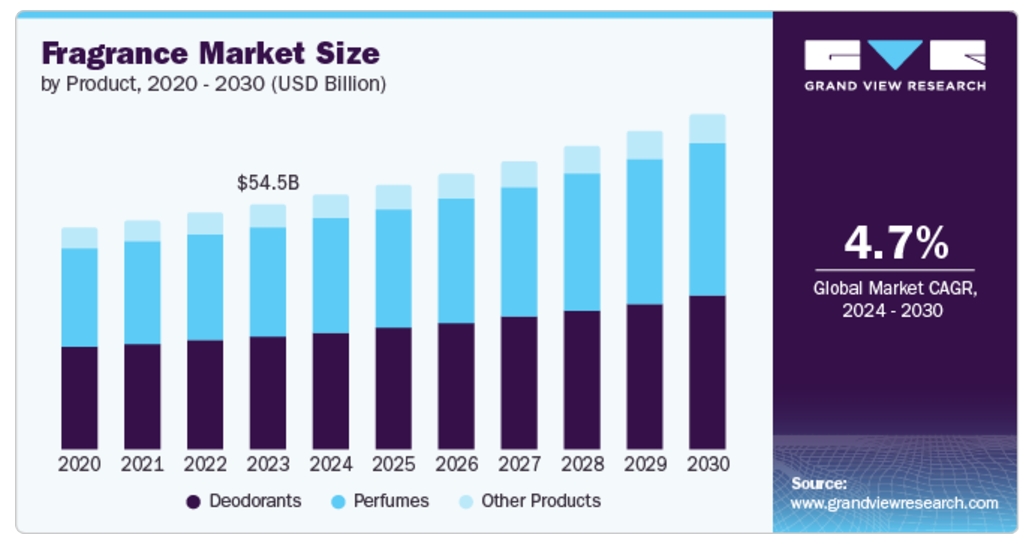
Yes, independent brands are making waves, but success stories don’t happen by accident. For every thriving perfume brand, dozens fail due to common pitfalls: underestimating costs, overlooking regulations, or misreading market demands.
At Source of Beauty (SOB), we’ve guided entrepreneurs through successful fragrance launches since 1996. We’ve seen what works – and more importantly, what doesn’t. This comprehensive guide shares our proven roadmap to success, including:
- How to develop your signature scent that stands out
- Smart strategies to manage production costs and pricing
- Secrets to creating packaging that captures attention
- Proven marketing techniques for fragrance brands
- Step-by-step launch plan and timeline
- Key regulations and quality standards you need to know
- Ways to build and grow your fragrance brand
Whether you’re a passionate entrepreneur or an established business expanding into fragrances, we’ll help you navigate the intricate path of bringing your fragrance vision to life.
Let’s start with the most crucial first step – planning your market entry and understanding what it takes to succeed in today’s fragrance industry.
Planning Your Perfume Line: Essential First Steps
Before starting your perfume line, you need a solid foundation. Your planning should focus on market research and brand identity. A strong perfume line starts with thorough preparation. We’ve observed that brands who invest time in this initial phase typically navigate the development process more smoothly and achieve better market penetration.
Start with defining your brand’s unique position in the market. Consumer preferences are increasingly shifting toward niche fragrances that tell a compelling story. Consider what makes your concept distinctive – whether it’s sustainable ingredients, innovative packaging, or a unique brand narrative that resonates with your target audience.
Market research is your next critical step. Think about questions like: Who is your ideal customer? What price point matches your target market? What distribution channels will you use?
One often overlooked aspect is regulatory compliance. Different markets have varying requirements for fragrance products. The International Fragrance Association (IFRA) provides guidelines that ensure your formulations meet global safety standards. Being aware of these requirements early helps avoid costly adjustments later.
Remember, successful perfume brands aren’t built overnight. Take the time to research, plan, and build a strong foundation.

Financial Considerations: Understanding Costs
Starting a perfume line needs careful financial planning. Your initial investment will depend on your market goals and production scale. With 28 years of experience in the fragrance industry, experts from Source of Beauty say the average initial investment for starting a professional perfume line can range from $15,000 to $25,000. This investment covers essential elements like product development, initial production runs, packaging, and basic marketing materials.
A smart approach is to start with smaller production runs. This not only reduces your upfront investment but also allows you to test the market and gather valuable customer feedback. You can then scale production based on real demand, rather than market assumptions.
Your pricing strategy plays a crucial role in your brand’s success. Premium positioning requires higher-quality ingredients and packaging, which affects your cost structure. Consider your target market’s purchasing power and competitive landscape when determining your price points. The key is finding the sweet spot between profitability and market acceptance.
With a clear understanding of the financial commitment, you can now focus on creating your signature scent. The fragrance development process requires both artistic vision and technical expertise.
Developing Your Perfume Line’s Unique Scent
Creating your signature scent is an exciting part of your perfume line journey. This step turns your idea into a real product. Modern perfume-making combines traditional methods with new approaches. While the creative possibilities are endless, understanding the fundamentals of fragrance development ensures your product resonates with your target market.
Modern perfume development has evolved significantly. Today’s successful fragrances often blend traditional perfumery with innovative approaches. For example, Shell Insights research shows that consumers are increasingly interested in sustainability and willing to pay up to 10% more for sustainable or natural products, reflecting a growing market trend toward conscious consumption.
The development process typically begins with identifying your fragrance profile. Will you create a fresh, citrus-forward scent for the growing clean beauty market? Or perhaps a complex oriental fragrance targeting luxury consumers? Your market research should guide these decisions. At Source of Beauty, our monthly development cycle typically introduces at least 3 new fragrances, allowing for quick adaptation to market trends while maintaining quality standards.
When it comes to formulation, you have several paths to consider. Some entrepreneurs prefer to start with existing base formulations and customize them, while others opt for completely unique creations. Working with an experienced development team can help navigate these options. The process involves multiple rounds of sampling and refinement – typically taking about a month for custom formulations, though color sampling can be completed in as little as five days.
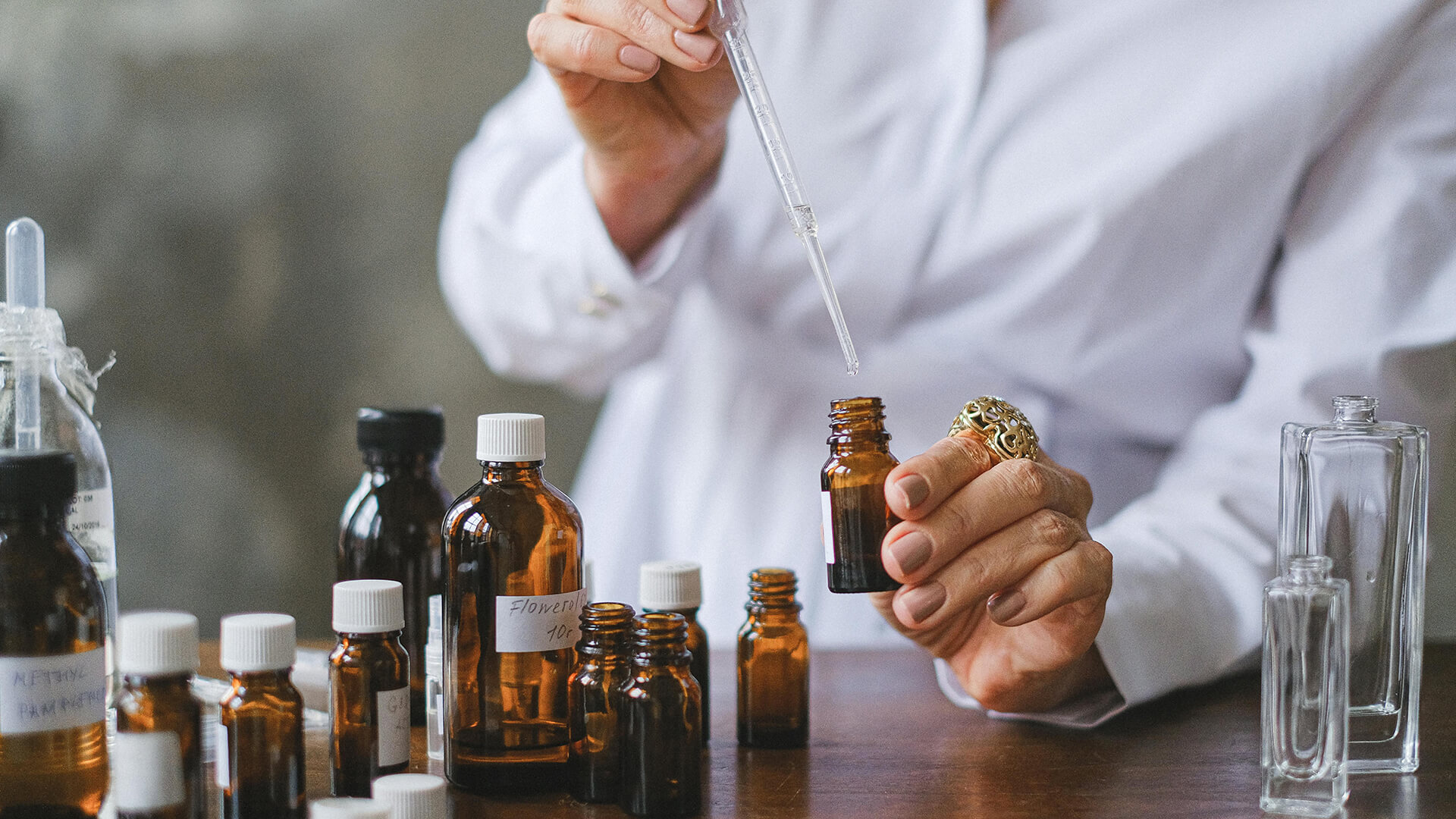
Find A Reliable Supplier for Your Perfume Line
Once you have developed your fragrance concept and business plan, choosing reliable perfume manufacturers becomes a critical decision for your perfume line. Your manufacturer should provide comprehensive production capabilities and maintain high-quality standards throughout the process.
When selecting a manufacturer, prioritize those who source premium raw materials and maintain strict quality control systems. Look for manufacturers who use high-grade essential oils, aroma chemicals, and IFRA-compliant ingredients. Their packaging capabilities should include both custom and standard options to match your brand vision.
Minimum order requirements significantly impact your initial investment and risk level. Consider manufacturers who offer flexible MOQs to match your business scale. This flexibility allows you to test market response before committing to larger production runs.
After selecting your manufacturer, the next phase involves transforming your fragrance from laboratory samples to market-ready products. Understanding this production process is crucial for bringing your fragrance vision to life.
Develop Your Perfume Product – Why You Should Consider SOB as Your Perfume Supplier?
When you launch a perfume line, it will be more convenient to work with a supplier who can offer more than just production – they should provide comprehensive support for your market entry and growth.
At Source of Beauty, we provide comprehensive support beyond basic manufacturing. Our expertise helps you develop a complete market entry strategy tailored to your target regions.
Market Analysis and Brand Positioning
We conduct detailed market research across different countries, analyzing local consumer preferences, demographic factors, and economic conditions. This research helps define your brand’s unique positioning and product strategy. Understanding local purchasing power, market size, and regional preferences in fragrance profiles forms the foundation of a successful market entry plan. Our analysis considers economic and cultural factors that influence the consumption of luxury goods in each target market.
Raw Material Selection: The Foundation of Fragrance Quality
Selecting the right raw materials is crucial for creating exceptional fragrances. Premium ingredients directly impact your perfume’s scent quality, longevity, and safety profile. Poor quality materials can lead to inconsistent fragrance performance, potential skin reactions, and damage to your brand reputation.
At SOB, we’ve built strong partnerships with the world’s leading fragrance suppliers including Givaudan, Firmenich, Robertet, and IFF. Our careful selection process ensures only premium ingredients – from food-grade corn alcohol to certified natural essences and quality-tested aroma chemicals. This commitment to quality control extends from initial material testing through final production.
These established supplier relationships provide our clients with key advantages: guaranteed ingredient quality, reliable supply chains, competitive pricing, and full traceability. Whether you’re creating a signature scent or expanding your fragrance line, our premium raw materials and quality standards help ensure your perfume’s success in the market.
Product Portfolio Development
Your product lineup should reflect both market research insights and your business model. We help create strategic product combinations, from 100ml perfume gift sets to multi-piece collections. Each recommendation considers your target market’s purchasing power and consumer behavior. Whether you’re launching a single signature scent or a complete collection, we’ll help determine the most effective product mix for your business goals.
Finding the Right Manufacturing Partner for Your Perfume Line
Our facility’s location in a rich industrial packaging hub provides access to extensive customization options. We offer various decoration techniques, including metallic finishes, hot stamping, and special coating effects. Custom bottle and cap designs can be created through unique mold development, while our design team can assist with logo creation and brand identity. From closure systems to gift set presentations, every detail is carefully considered to enhance your brand’s market appeal while maintaining cost efficiency.
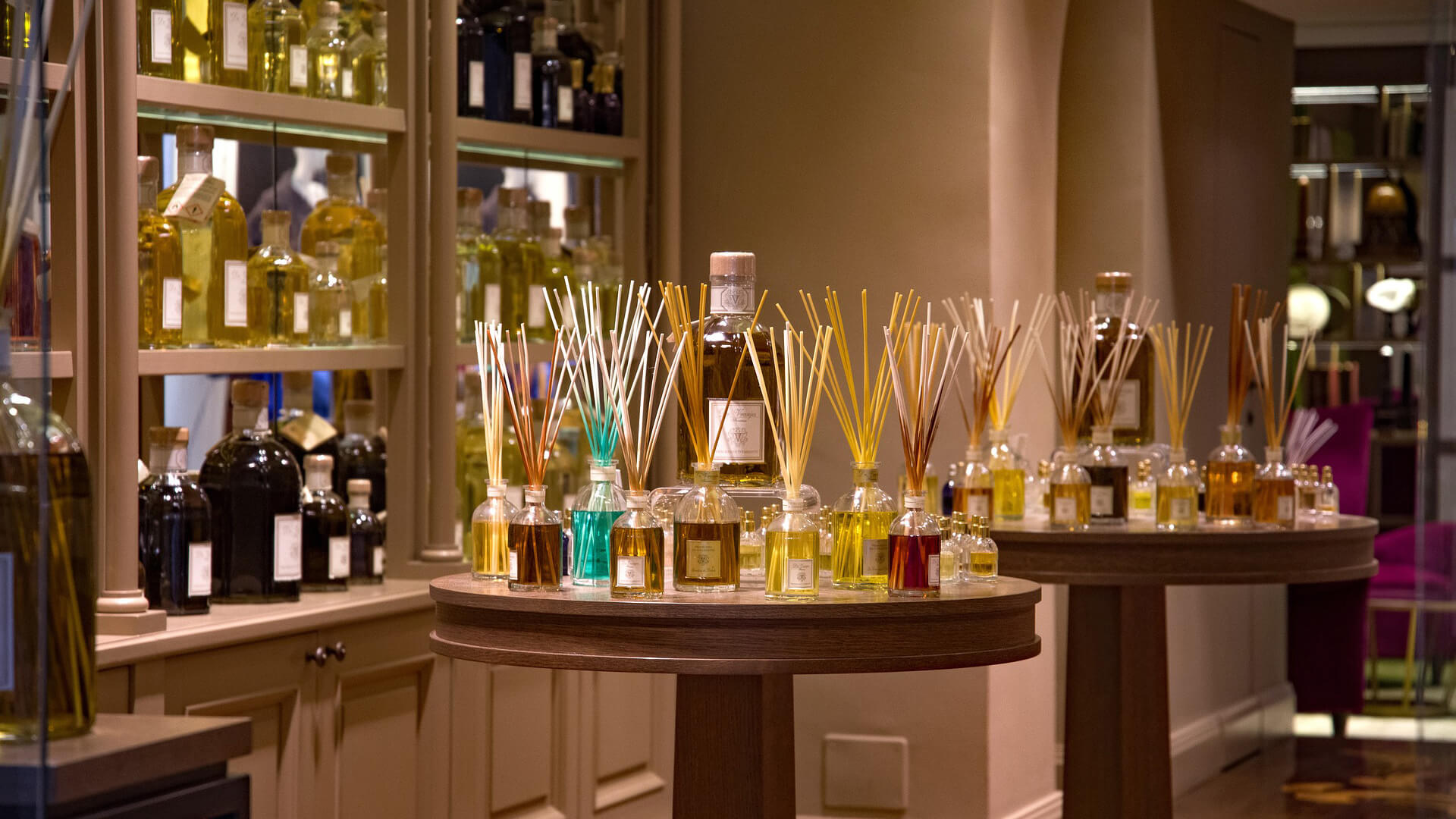
Get Started with Manufacturing
Making your perfume line requires both technical skill and attention to design. Quality control is key to your product’s success. Industry veterans often suggest testing market response before committing to large quantities.
The transition from formula to finished product represents a crucial phase where technical expertise meets aesthetic vision. This stage requires careful consideration of both practical production requirements and visual presentation elements that will make your fragrance stand out on retail shelves or digital platforms.
Production Scale and Quality Control
Starting with the right production scale is crucial for new brands. Industry veterans often suggest testing market response before committing to large quantities. Source of Beauty provides a business-friendly MOQ of 48 bottles if you need our existing products to enhance your product line. This allows our new business partners to test market reception while maintaining quality control.
Hence, if you need a perfume line with private label fragrance, Source of Beauty also provides available options with negotiable MOQ. However, our recommended purchase quantity is 5000-10000 bottles for professional business owners who want to expand market share and boost sales.
Furthermore, The manufacturing process involves several critical stages, from raw material selection to final quality checks. Each batch undergoes rigorous testing to ensure consistency and adherence to international safety standards. For example, the European Union’s strict cosmetic regulations (EC No 1223/2009) require specific stability and compatibility testing – standards we’ve integrated into our quality control processes.
Bottles and Packaging: The Visual Voice of Your Brand
As a fragrance dealer, you should always keep in mind that packaging is the silent salesperson. According to our experience, 65% of consumers make purchase decisions based on packaging design. Your bottle, box, and overall presentation need to align with your brand story while meeting practical requirements for protection and distribution.
Modern packaging solutions offer various options for differentiation:
– Sustainable materials meeting growing eco-conscious consumer demands
– Custom bottle designs that become signature brand elements
– Innovative dispensing systems
– Premium finishing techniques
Working with an integrated facility that houses both production and packaging capabilities streamlines the process significantly. Our industrial park’s ecosystem of 60 specialized packaging manufacturers enables efficient collaboration between fragrance production and packaging development, reducing both time to market and potential coordination issues.
Quality Control and Compliance
Each element of your finished product must meet specific quality benchmarks. From raw material testing to final product stability, implementing robust quality control measures protects both your brand and your customers. International shipping requirements add another layer of consideration, particularly for brands planning global distribution.
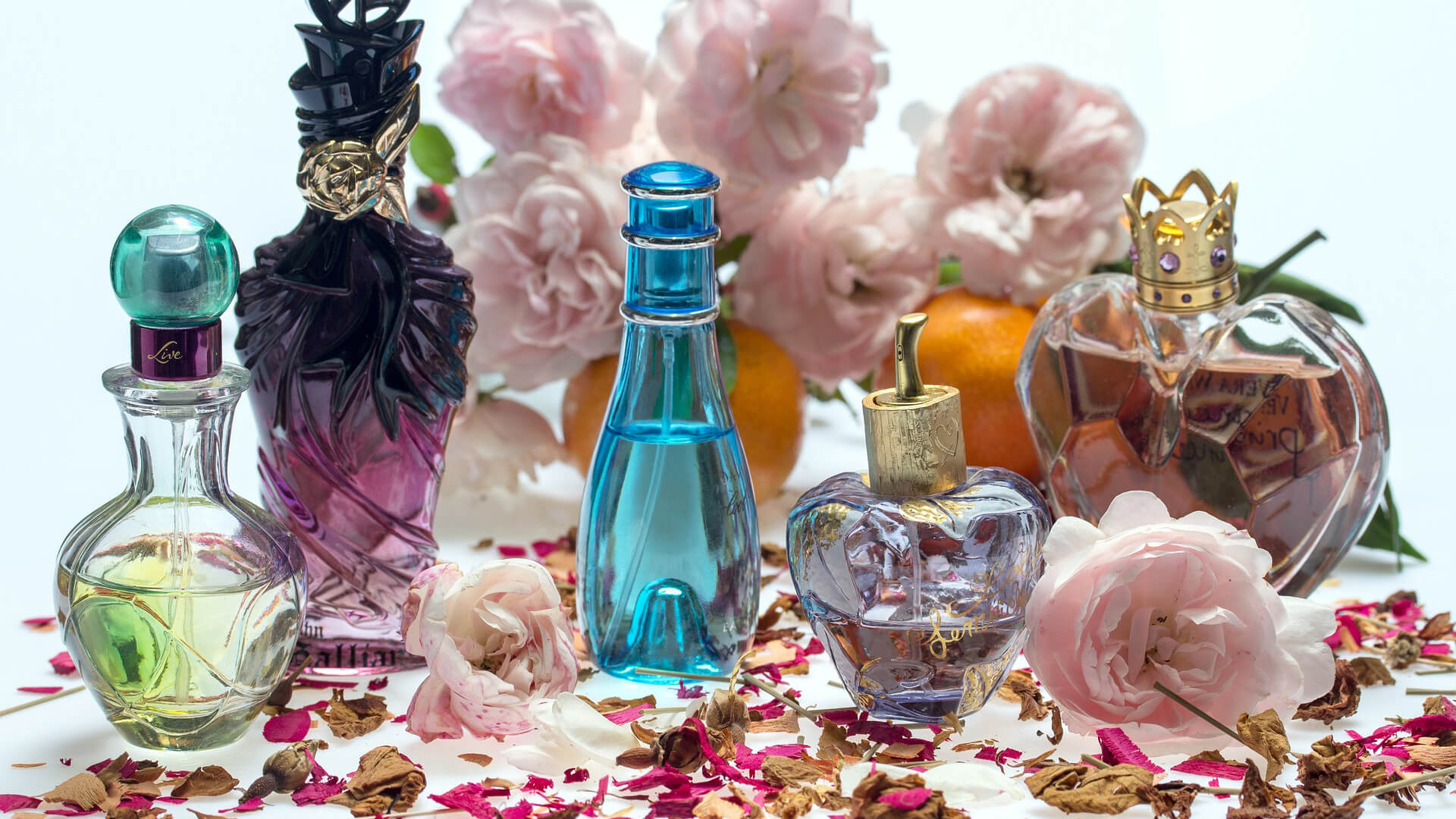
Marketing and Distribution: Taking Your Perfume Line to Global Market
Growing your perfume line needs a solid marketing plan. The scent industry now focuses more on digital marketing and online sales. According to NPD Group’s latest research, the fragrance industry has seen a significant shift toward digital-first marketing approaches, with social media becoming increasingly crucial for brand storytelling.
Digital Presence and Brand Storytelling
Your online presence serves as the primary touchpoint for many potential customers. With the growing trend of online fragrance shopping and research, your digital storytelling becomes crucial for building brand awareness and customer trust.
Creating compelling content that engages the senses despite the digital barrier also requires creativity. Successful brands often focus on:
- Visual storytelling through high-quality photography and videos
- Detailed descriptions of scent profiles and ingredients
- Behind-the-scenes glimpses into the creation process
- Educational content about fragrance appreciation
Online platforms like YouTube, Instagram, and TikTalk allow you to share your brand’s story, engage directly with customers, and build a community around your fragrance line. This multi-channel approach helps potential customers discover and connect with your brand before making a purchase decision.
If you want to know how to sell your perfume products on E-commerce platforms, you can also read our guide on How to Sell Perfume & Fragrance Online.
Distribution Channels for Your Perfume Line
The choice of distribution channels significantly impacts your brand positioning and growth potential. Modern fragrance brands often employ a multi-channel approach, combining:
Direct-to-Consumer (DTC): Providing control over brand experience and higher margins
Specialty Retailers: Building credibility and reaching targeted audiences
Online Marketplaces: Expanding reach while maintaining brand integrity
International Markets: Tapping into global opportunities
With our experience shipping to over 90 countries, we’ve observed that successful brands often start with a focused distribution strategy and expand systematically based on market response and operational capacity.
Building Customer Relationships
Long-term success in the fragrance industry relies heavily on customer loyalty. When customers find a fragrance they love, they often become repeat buyers and brand advocates, creating a stable foundation for business growth. A recent report from Zendesk says “60 percent of consumers report that they will become repeat buyers after a personalized purchasing experience”. So to build strong consumer loyalty, you should consider implementing:
- Loyalty programs that reward repeat purchases
- Exclusive launches for dedicated customers
- Sample programs to encourage trial
- Regular engagement through newsletters and social media
Market Testing and Feedback From Consumers
Before committing to a full-scale launch, strategic market testing helps minimize risks and refine your product offering. Start with small batch production to test market response while keeping initial investments manageable.
A soft launch to a select customer base often provides the most valuable initial feedback. This might involve creating temporary retail experiences through pop-up stores or offering discovery sets to engaged customers. Some brands find success with online pre-launch campaigns that build anticipation while gathering early customer insights.
During this testing phase, pay close attention to how your fragrance performs in real-world conditions and whether your target market accepts your chosen price point. Observe how customers react to your bottle and packaging design, and note which aspects of your brand story resonate most strongly. This testing period not only provides valuable insights but also helps build an initial customer base through early adopters and brand advocates.

How to Launch Your Perfume Line Successfully?
Based on our experience working with numerous brands at SOB, we recommend planning for a 6-8 month preparation timeline to ensure all elements align for a successful launch.
Pre-Launch Phase
The months leading up to the launch are crucial for building anticipation and ensuring operational readiness. Manufacturing timelines play a vital role in this phase. Planning backward from your target launch date helps ensure product availability aligns with your marketing initiatives.
Most brands achieve successful launches and begin their marketing activities 3-4 months before launch. This groundwork involves creating a strong social media presence, developing compelling promotional content, and establishing key relationships with influencers or media partners. The goal is to build a foundation of interest and credibility before your product hits the market.
Launch Execution
Your launch moment should create maximum impact while maintaining operational efficiency. Many successful brands opt for a phased approach, starting with a controlled soft launch. This initial phase allows you to test market response, gather authentic customer feedback, and refine your operational processes while building a core group of brand advocates.
Once you’ve validated your approach through the soft launch, expanding into full market entry becomes more strategic and less risky. This expansion phase focuses on broadening distribution channels and scaling up marketing activities while ensuring your supply chain can efficiently handle increased demand.
Post-Launch Assessment
The first three months post-launch are critical for gathering data and making adjustments. Focus on understanding customer feedback and satisfaction levels, analyzing sales performance metrics, and evaluating the effectiveness of your marketing campaigns. This period often reveals opportunities for optimization in both product offerings and market approaches.
Seasonal Timing
The fragrance industry has distinct seasonal patterns, particularly during holiday periods when gift-giving drives higher sales. However, launching your fragrance doesn’t need to follow traditional timing. Many successful niche brands have found opportunities by launching during off-peak seasons, helping them stand out from mainstream releases and capture media attention during quieter periods.
Consider factors like your target market’s buying behavior, retail cycles, and marketing opportunities when planning your launch timeline. For instance, summer fragrances might perform well when introduced in early spring, while cozy, warmer scents could capture attention as autumn approaches.
Conclusion: Your Journey to Fragrance Success
Creating a successful perfume line combines artistic vision with strategic business planning. While the journey requires careful consideration of many elements – from financial planning to manufacturing partnerships – the fragrance industry continues to offer opportunities for innovative brands.
Success in the fragrance market often comes down to three key elements:
- Starting with manageable production runs to test and refine your concept
- Building strong relationships with reliable manufacturing partners
- Maintaining consistent quality while being responsive to market feedback
As you begin your journey, remember that many successful brands started small and grew strategically. Take time to research your options, understand your target market, and develop a clear brand identity. Whether you’re creating a signature scent or building a full fragrance line, careful planning and the right partnerships will help bring your vision to life.
Ready to start your perfume line? Contact our team to discuss your vision and explore how we can help bring it to market.

